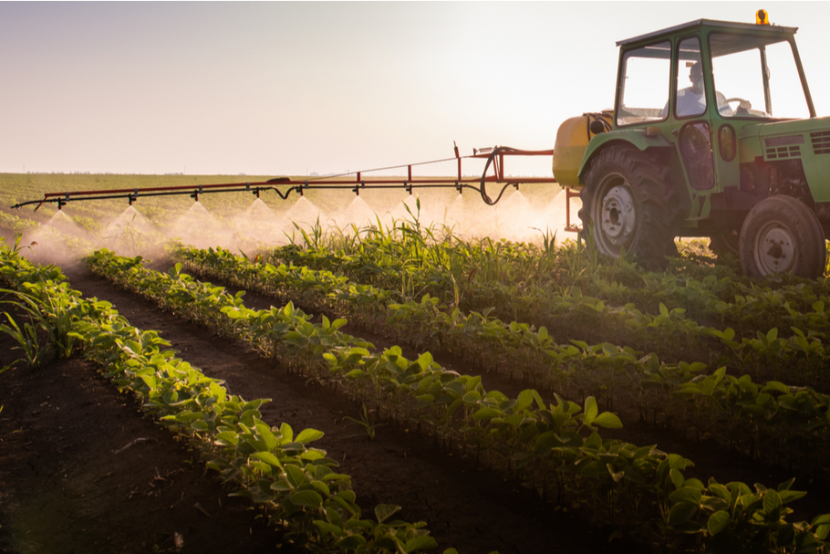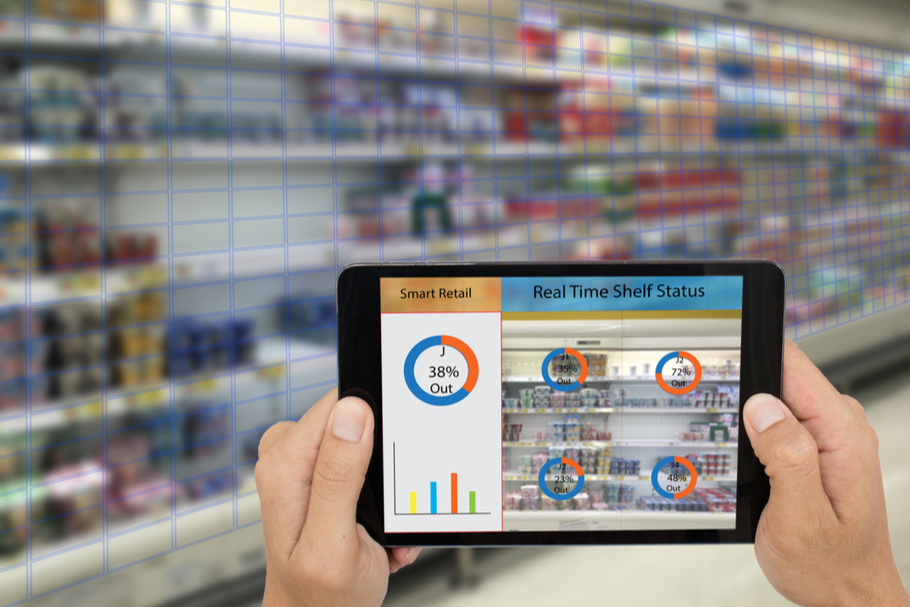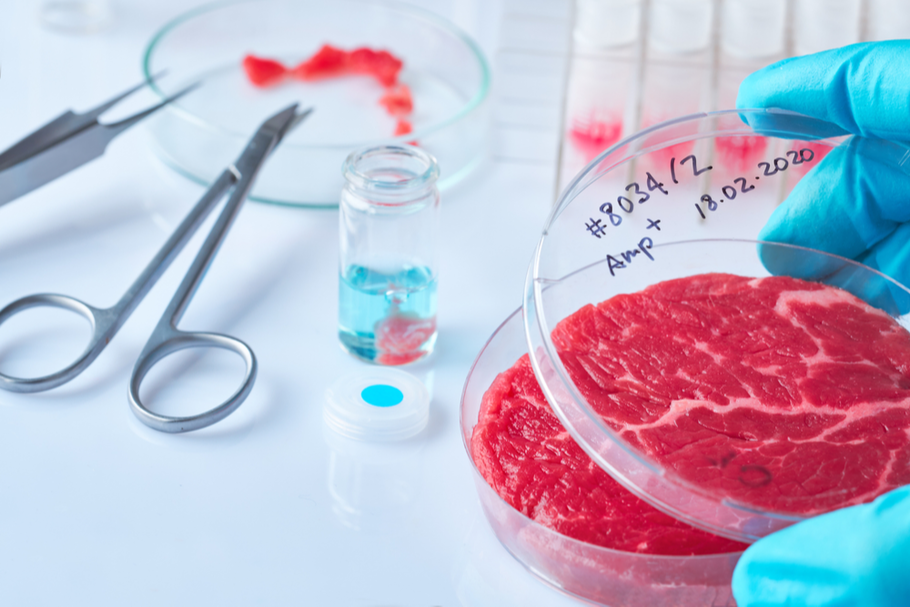Are Biopesticides Any Safer?
By Dr. Alun James, Dr. Caroline Potter and Iain Watt
Plant protection products, also known as pesticides, play a significant role in food production. By controlling diseases, weeds and insects that could harm plants, they prevent crop losses, improve crop quality, and thus, increase yield. However, in many markets there is significant pressure to reduce the use of traditional pesticides in agriculture. This is driven in part by consumer concerns for the environment and health effects of pesticide residue on food.
Pesticides and Food Safety
Pesticides for agricultural use are heavily regulated and subject to extensive risk assessment. For instance, the World Health Organization (WHO) collaborates with the Food and Agriculture Organization of the United Nations (FAO) on an independent scientific group: the Joint FAO/WHO Meeting on Pesticide Residues (JMPR).
The JMPR assesses the risk posed by pesticides and establishes limits for safe intake by consumers. The established acceptable limits advise organizations like the Codex Alimentarius Commission, who ensure that the maximum residue limits (MRLs) of pesticides are safe for member countries and regions. The goal is to enable international trade and monitoring programmes, and to make sure that consumers in all parts of the world are confident in the safety of food that has undergone pesticide use, no matter where it is produced.
Nevertheless, crop protection is a complex, often contentious, area and consumer opinion on pesticides can be very influential. Some large food businesses insist that farmers in their supply chains avoid using pesticides containing certain active substances, despite their authorization for use on food crops.
Pressure is mounting for global agriculture to feed a growing world population in an environmentally sustainable way. All the while, food safety remains paramount and fostering consumer confidence is key. So, what is the best way forward and how will the use of pesticides evolve?
The rise of biopesticides, based on naturally occurring substances and organisms, have gained a lot of attention in recent years as an alternative to traditional, synthetic chemical pesticides.
Uptake varies greatly between markets and depends on legislation. For instance, the US Environmental Protection Agency’s 2014 document Biopesticide Oversight and Registration says it ‘considers them inherently reduced-risk pesticides’. On the other hand, the EU does not currently have an alternative regulatory pathway for biopesticides, preferring to judge all pesticides equally, which may slow the adoption of biopesticides in this part of the world. However, the EU’s May 2020 announcement that it aims to reduce use of conventional chemical pesticides by 50% over the next decade could accelerate change.
It’s clear that biopesticides have an important role to play in the future of crop protection. But is it overly simplistic to assume that they are safer than their synthetic counterparts just because they are natural? Instead of pinning all hopes on biopesticides, a more nuanced approach to crop protection is needed.
Integrated Pest Management
A tiered model, where pesticidal interventions of any type (natural or synthetic) are only used as a last resort, is increasingly seen as an effective way to achieve safe and sustainable crop protection. Known as integrated pest management (IPM), this long-term, whole system-based strategy optimises growing environments.
Indirect methods, which might include encouraging the natural enemies of pests or the use of more resistant cultivars, form the foundation of IPM. Ongoing crop monitoring identifies when intervention is needed based on predetermined thresholds and threat diagnosis. When a problem is detected, the first consideration may be to use a biological or physical means to control the issue. It’s only when this fails that pesticidal measures are introduced.
Precision agriculture
New technologies are making IPM increasingly attainable and effective. One area that holds potential is the use of artificial intelligence (AI) with drone-based technologies. These are used to apply herbicides with precision, as opposed to broadcast spraying. AI is used to create a system that differentiates crops from weeds, classifying them accordingly and responding appropriately. The control system assesses the information captured and activates a multi-nozzle spray system which delivers the herbicide to a precise target. All of this is achieved as the spraying unit travels over the field. These systems reduce herbicide use by up to 90%. Similar systems are under development for the detection of insects, fungi and other pests.
Reducing chemical inputs while maintaining or enhancing crop outputs is beneficial on many levels. However, the machinery described above is expensive and can be difficult to maintain. Emerging technologies might offer exciting ways to transform agricultural practices, but they don’t necessarily fit with traditional farming.
In the coming years, we may see the emergence of innovative agricultural models that make technologies like these more accessible and affordable for farmers. Food businesses might invest in equipment that can be shared by farmers in a given locality, or third-party providers might charge an annual fee to guarantee a ‘weed-free hectare’.
The future of crop protection
Agricultural systems need to consider sustainability in the broadest sense, ensuring production can sustain the world’s population without causing undue harm to wider ecosystems and human health. It’s not easy to strike the right balance; new biopesticides and technologies for spraying offer great potential, but there is no silver bullet.
The good news is that science and technology is always evolving. Every day we understand more about the impact of different measures to enhance crop production. Collaborative, multidisciplinary approaches where scientists, engineers and agricultural specialists combine their insight and expertise will unlock sophisticated but workable means to protect crops and increase yields.
About the author
Dr. Alun James and Dr. Caroline Potter are Chief Technology Officer and VP Sustainability respectively at Sagentia Innovation. Iain Watt is Head of Plant Protection at sister company TSG Consulting. The two organizations operate both independently and collaboratively to support the agriculture and food sectors. Sagentia Innovation provides technology advisory and product development services while TSG offers regulatory consultancy services.The organization operates independently and collaboratively to support the agriculture and food sectors. Sagentia Innovation provides technology advisory and product development services.

-
 FeaturedRisk management
The Cost of a Breach: What a Cyberattack Could Mean for Food Safety Recalls
FeaturedRisk management
The Cost of a Breach: What a Cyberattack Could Mean for Food Safety Recalls
-
 FeaturedRisk management
Securing the Food Chain: How ISO/IEC 27001 Strengthens Cybersecurity
FeaturedRisk management
Securing the Food Chain: How ISO/IEC 27001 Strengthens Cybersecurity
-
 FeaturedRisk management
Revolutionizing Food Safety Training: Breaking Out of the “Check-the-Box” Mentality
FeaturedRisk management
Revolutionizing Food Safety Training: Breaking Out of the “Check-the-Box” Mentality
-
 GFSI Standards
GFSI 2025: Building Trust, Tech-Forward Solutions, and Global Unity in Food Safety
GFSI Standards
GFSI 2025: Building Trust, Tech-Forward Solutions, and Global Unity in Food Safety
-
 FeaturedFood Safety
Integrated Pest Management: Strategies to Protect Your Brand’s Reputation
FeaturedFood Safety
Integrated Pest Management: Strategies to Protect Your Brand’s Reputation
-
 FeaturedFood Safety Culture & Training
No Open Door Policy: Challenges That Impact Pest Control in Food Processing Plants
FeaturedFood Safety Culture & Training
No Open Door Policy: Challenges That Impact Pest Control in Food Processing Plants




